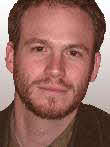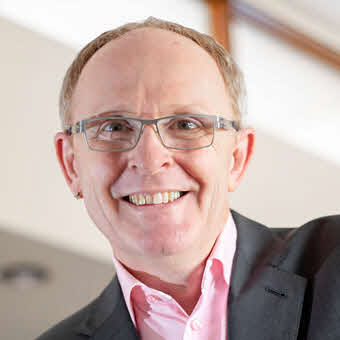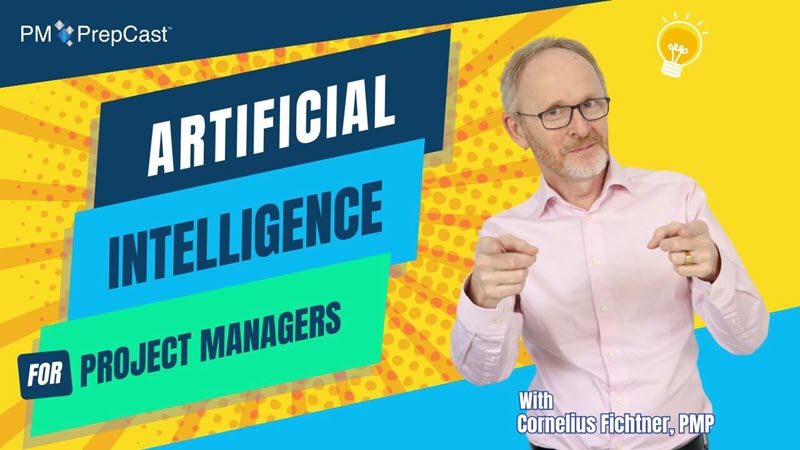Episode 283: A Project Communication Design Success Story (Premium)
This episode is reserved for subscribers of the Premium Podcast. Learn how to subscribe to the Premium Podcast to access this interview and transcript...
This episode is sponsored by The PM PrepCast for The PMP Exam:

In our last episode we learned from Mark Phillips (https://www.linkedin.com/in/markphillipspm) how to use communication as a performance management tool. But how exactly do you do it…?
In his book Reinventing Communication Mark also includes several case stories. In these case stories he reviews the good, the bad and the ugly in regards to communication design. And right now we want to review the success story that is the The F/A-18 E/F project.
We learn about the number one reason why it was a success, how a vice admiral almost didn’t get his star because the communication was so successful, how a common language supports communication success, and we get Marks tips for all of us on what we can do on our own projects to emulate the successful communications design from the The F/A-18 E/F project.
Below are the first few pages of the transcript. The complete transcript is available to Premium subscribers only.
Podcast Introduction
Cornelius Fichtner: Hello and welcome to Episode # 283. This is the Project Management Podcast™ at www.project-management-podcast.com and I'm Cornelius Fichtner. Welcome back!
This is a Premium episode. It is recorded and reserved for you, our Premium subscribers.
In our last episode, we learned from Mark Phillips how to use communication as a performance management tool but how exactly do you do it? In his book "Reinventing Communication", Mark also includes several case studies. In these case studies, he reviews the good, the bad and the ugly in regard to communication design.
And right now, we want to review the success story that is the F/A-18E/F project. We will learn about the number one reason why it was a success, how a vise admiral almost didn’t get his star because the communication was so successful, how a common language supports communication success and we get Mark's tips for all of us on what we can do on our own projects to emulate the successful communication design from the F/A-18E/F project.
As a reminder, don’t forget to double your chances of winning his book. We have two copies to give away. One copy is reserved for you and we will randomly pick a winner from the list of our Premium subscribers. But if you go to www.facebook.com/pmpodcast , you can also join the free giveaway. It's twice the fun.
And now, what could it be? What is the number one reason why the F/A-18E/F project was such a communication success? Enjoy the interview.
Podcast Interview
Female voice: The Project Management Podcast’s feature Interview: Today with Mark Phillips, author of "Reinventing Communication".
Cornelius Fichtner:Mark, welcome back to the program.
Mark Phillips: Thank you, Cornelius.
Cornelius Fichtner: So we are still talking about your book "Reinventing Communication - How to Design, Lead and Manage High-Performing Projects". And as part of this book, you have several case studies. Some case studies are success stories. Others are failures and we want to focus on a success story today, The F/A-18.
Before we get into anything, tell me what was the single most biggest contributing factor to the success of this program?
Mark Phillips: Trust. Without a doubt, everybody involved with the program from the Vice Admiral who was the program manager on this 3.3 billion-dollar, 10-year program, all the way to different analysts that were working in various government offices to contractor organizations. Trust clearly identified as the biggest success factor to the program.
Cornelius Fichtner: Alright! And now that everybody's interested and wants to know how they did that, let's take a step back and let's take a look at the metrics around this program for a bit. Tell us a little bit about what the F/A-18 is, when it was happening, how many people were involved, the size of it all and then we'll get back to trust.
Mark Phillips: Absolutely. So the F/A-18E/F which is called the Super Hornet, that was a 3.3 billion-dollar program that took place between 1993 and 2003 led by the United States Navy. It was an upgrade essentially to the F/A-18 but really had a whole new set of specifications and adding the incredible capabilities to this aircraft and the E and the F refer to the one-seat versus two-seat versions of this aircraft.
It was a project that had extremely high visibility. It was basically created in highest offices in the United States within the executive branch and included stakeholders ranging from the Vice President and President's office through members of Congress and many of the largest aerospace defense contractors that you could think of, as well as a variety of subcontractors throughout there that were involved in the project. And then of course, had stakeholders which included people in the local communities that were employed by these organizations.
One of the incredible things about it is that it came in on budget, on time and even over delivered on the technical performance metrics. It was 400 pounds lighter than anticipated. So it is widely hailed as one of the most successful US Navy and certainly one of the most successful defense programs really in the history of the acquisition system.
One of the remarkable things is from an earned value management perspective, I've had the pleasure of seeing the earned value management S-curve that was originally drawn at the beginning of the program and then what it looked like at the end and barring some slight deviation. It looks as if they actually traced right over it.
Of course they didn’t trace right over it. What it shows is how they were able to use the earned value management system and methodology as a common language. And most and more importantly as a guide post to continually steer the program towards where they wanted it to be and where their stakeholders expected it to be.
Cornelius Fichtner: Alright! So we know that trust is the single biggest contributor to the success of the program but we also know that your book is about communication. So how does trust and communication, where does it meet?
Above are the first few pages of the transcript. The complete PDF transcript is available to Premium subscribers only.
- Last updated on .
- Hits: 13698


